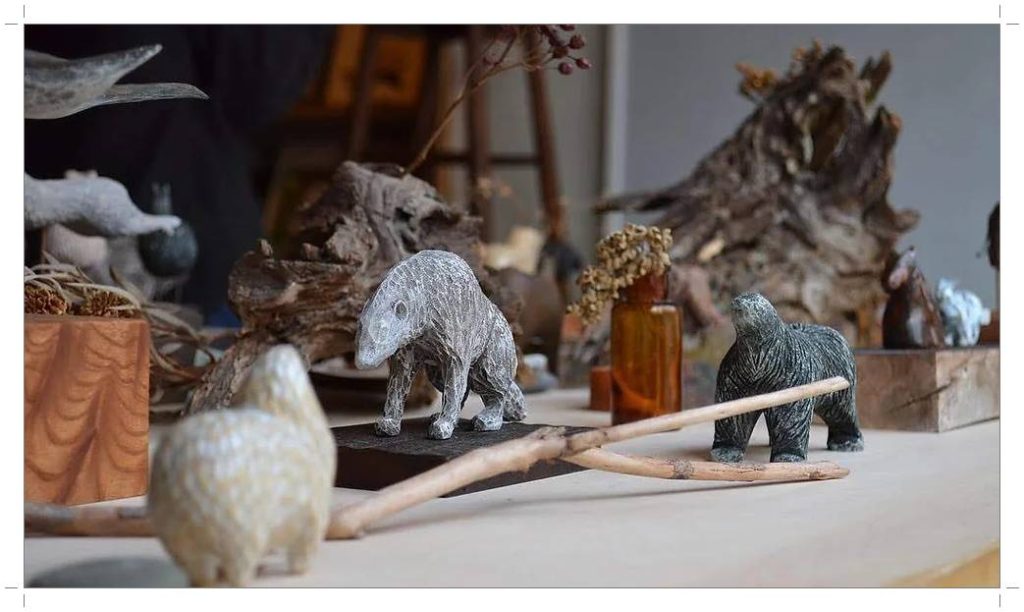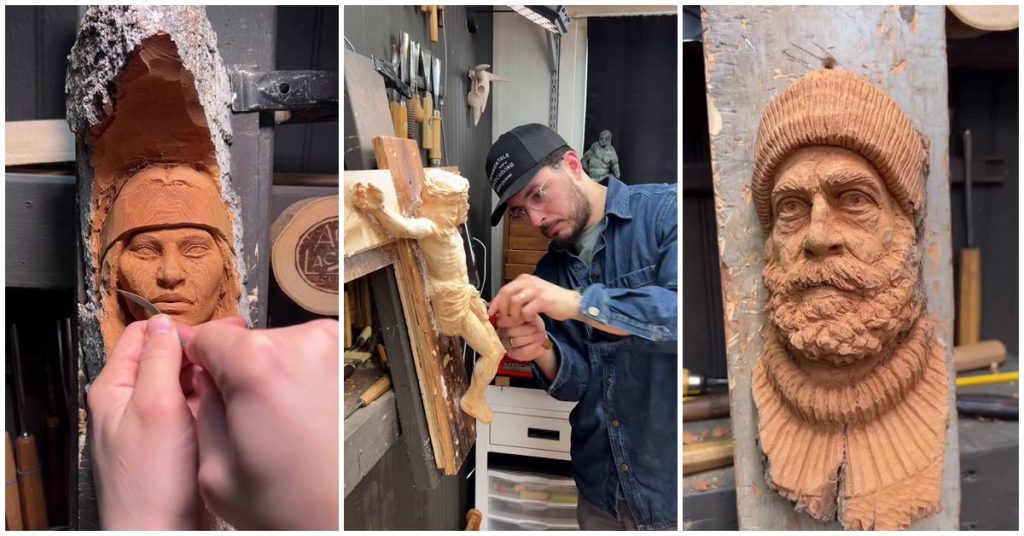Here’s what you need to know. John Furniss, known worldwide as The Blind Woodsman, lost his sight at 16 after a suicide attempt and rebuilt his life through craft, advocacy, and hard work in the shop you can picture by the sound of a lathe and the feel of grain under your fingers. He works from complete darkness, yet he “sees” every finished bowl, rolling pin, and canister before making a single cut, using an inner visual system he honed over years of practice and persistence. You’ll find his story has lessons you can use at the bench and away from it: plan in your mind, trust your hands, build your systems, and finish what you start.
Furniss describes vivid visual hallucinations that began months after he went blind and later learned the name for them: Charles Bonnet Syndrome. You might assume that would get in the way. He turned it into a tool. He treats his mind like a design program—compose, rotate, revise, then execute—until the plan clicks, and only then does he cut wood. He calls up patterns and forms at will and translates those mental models into objects you can hold; that single step from idea to object drives his work and keeps his focus tight on process and safety.
The road here wasn’t clean or easy. After losing his sight and sense of smell, he faced years of addiction and isolation before choosing recovery and a new path. He moved to Washington in 2011 to study at the Emil Fries School of Piano Technology for the Blind, where he rebuilt pianos and, more importantly, rebuilt confidence and a community that would lead back to woodworking. He met his future wife, Anni, there; she later bought the lathe that set the course for his studio career and the life they run together today in the Pacific Northwest. You see the partnership in everything: he turns; she manages the business and creates her own art; together they share what works and what doesn’t with an audience that spans far beyond the craft world.
If you make things from wood, you’ll recognize his discipline. He measures by touch, weight, and repeatable workflow, then checks those steps with consistent jigs and setups, keeping risk low and quality high. He prefers the lathe for its rhythm and immediacy—the way a blank becomes a curve in your hands and the surface tells you, not a screen, when you hit the line. He sells online in limited drops that now move fast because his following grew from local fairs to national demand, driven by steady storytelling as much as by the clean lines and finishes of the work itself. You see bowls, canisters, mortar and pestle sets, trays, and simple resonant pieces that don’t hide their joinery or their intent.
You also hear him speak plainly about blindness and mental health. He visits schools, runs workshops, and uses social platforms to challenge the myths that say blindness defines capacity or that art requires sight to be precise and intentional. You’ll notice his message avoids fluff: build habits that respect your limits, remove assumptions, and keep making. That’s why millions follow his updates. He shows how to do the work with what you have and how to tell the truth about setbacks without letting them decide the ending.
If you want the longer version, John and Anni co-authored The Blind Woodsman, an autobiography published in 2024 that traces his path from crisis to craft, with studio images and candid notes on depression, addiction, and the daily practice of choosing purpose. Read it and you’ll get context for the shop routines and the relationship that powers the studio, along with the realism that keeps the message useful instead of sentimental.
What should you take to your own bench? Start with this: design in your head until you can feel the form in your hands, then cut; simplify your setup so your body knows the steps; use constraints to focus, not to excuse; and when the dust settles, share what you learned so others can build faster than you did. That approach doesn’t need perfect conditions. It needs commitment, a plan you can execute, and the willingness to keep showing up even when the project fights back.
Furniss proves that vision isn’t the only way to see a piece through. You can build a life and a practice by trusting your senses, your system, and your story. Turn on the lathe. Picture the curve. Make the cut. Then hand the finished piece across the table and say, as he does, “This is what I saw in my mind”.
Sources:

Hello art lovers. My name is Deepak Mehla, and I’m from Karnal, India. I enjoy reading stories about people’s struggles and how they overcome them. These motivational stories work like a source of energy for me.
Although Arttellers is completely different from my original vision, I, too, am going through a challenging phase in life. To keep myself busy and to hold on to hope, I share stories of artists with all of you. I believe these stories will give you a new direction, just as they inspire me.
Arttellers exists because I want to share how some people turn the work they love into their livelihood, and how choosing their passion leads them to success. I started Arttellers to keep my own hope alive and to help you discover people whose journeys might inspire you too.


